PA is an abbreviation for Public Address. This system will project sound to a large number of people and the sound will be louder than you talking or playing an acoustic instrument.
Your first impression of a PA system or outdoor PA system may be used for a concert or sports stadium. However, there are many various applications for an outdoor PA system, and one day you may need to purchase one for yourself.
Check this quick overview of what is a PA System:
- A public address system is a device that broadcasts sounds from instruments, voices, and other acoustic sources.
- Microphones, mixers, amplifiers, and loudspeakers are all part of the system.
- Front-of-house (FOH) speakers face the audience, while monitors face the performers.
- A mixer is responsible for EQ and effect adjustments. Either live on stage or via an audio engineer at a mixing console.
- Everywhere from clubs and recreation centers to arenas and airports.
Basics Of A Outdoor PA System
PA systems are typically combined with two loudspeaker cabinets, each having one large speaker and a smaller "tweeter" speaker or horn for higher frequencies.
They are typically passive speakers, which necessitate amplification. This is why most systems incorporate a power amp to ensure that everything gets the power it needs.
A powered mixer, which functions as your PA's central nervous system (akin to a receiver in a stereo system), is also included. It will feature four to twenty-four inputs or channels, as well as controls for tone, volume, and possibly some echo effects.
These channels receive and analyze electrical audio signals from a variety of microphones, instruments, or audio devices before amplifying them to wattage sufficient to drive speakers.
What Determine A Good Outdoor PA System
You need to take many things into consideration if you want to use your outdoor PA system appropriately.
For example, a busker may need a light and portable speaker. However, the venue owner needs more wattage. In this situation, the speaker is not the only key piece of equipment.
Before the mixer is processed and amplified, the microphone must catch the sound you want people to hear. Determine how you will utilize the PA, where you will use it, the size of the audience, and your budget.
For those who don't want to go into the nitty gritty of PA, all-in-one or portable speakers are ideal. These consist of a built-in EQ (which eliminates the need for an external mixer) and a power amplifier that improves the voltage of the signal.
A portable speaker has the advantage of containing everything in one device. It is, as the name implies, tiny enough to fit in the back of a car and be ready to go.
You will, however, miss out on the wider selection of sounds and settings available with separate components. It simply will not sound as good as more pricey options.
A more developed setup might include a microphone connected to a preamp to enhance the line level, a mixer, potentially a power amp, and lastly a speaker. These are ideal for larger venues that require high-definition sound. The disadvantage is that you will have to bring all of this heavy equipment to the site and then put it up.
What Parts You Need To Make A Outdoor PA System
Your PA system may require certain accessories to handle everything at your next gig, depending on your configuration.
For example, A small conference room with one presenter only requires two speakers, an amplifier, and a microphone. On the other hand, an outdoor PA system for a live band will need many speakers, a mixing desk with various inputs, multiple microphones, and on-stage monitors. Only in this way, the musicians can hear themselves.
Microphones and cables
The greater the number of channels on your PA, the more microphones you will want. For live performances, dynamic cardioid microphones are ideal. You will also require a large number of wires for your instruments, microphones, and speakers. Depending on how you set up your PA and the size of the venue, speaker cables at least 40 feet long may be required.
Speaker stands
Speaker stands and tripods are also worthwhile investments. Speakers placed higher up provide better sound quality with less feedback. Some PA systems, such as this Peavey 100W bundle, even include speaker stands.
Monitors
Finally, you may be wondering, "How can I hear myself if my PA speakers are up high and off to the side?" Stage monitor speakers are required.
Monitors, such as the VocoPro STAGE MAN 1, are powered floor speakers that reflect your PA's final mixed sound back at you. It is vital to hear yourself during a performance, yet most PAs do not have stage monitors or powered speakers. Make sure you have enough so that everyone in the band knows where you are.
Different Types Of Outdoor PA Systems
Outdoor PA systems exist in a variety of sizes and designs. Also, it ranges from small portable systems to large-scale distributed systems.
In general, there are three sorts of PA systems: tiny systems for a single performer, medium systems for a small band with numerous microphones, and large or "full-size" systems for huge venues with multiple microphones and speakers.
A PA system's speakers can be divided into three types: "mains," which cover the majority of the audio frequency spectrum, "bass," which amplifies lower frequencies, and "monitors," which allow the speaker or musician to hear themselves.
The technical specs of a PA system will differ based on its size and purpose. When selecting a PA system, you need to consider the amplifier's power output and the number of channels on the mixer. What’s more, you also need to consider the type and number of speakers.
Final Considerations
The outdoor PA system is an audio amplification system, which is commonly seen in live music venues and conference rooms.
The common components of a standard PA system are microphones, mixers, amplifiers, speakers, and cabling. The technical specs of an outdoor PA system will differ based on its size and purpose.
Getting hands-on experience with an outdoor PA system is the greatest way to learn about it. You can talk to local venues about how their systems function or you can volunteer at live bands or events to gain real-world experience with outdoor PA systems.

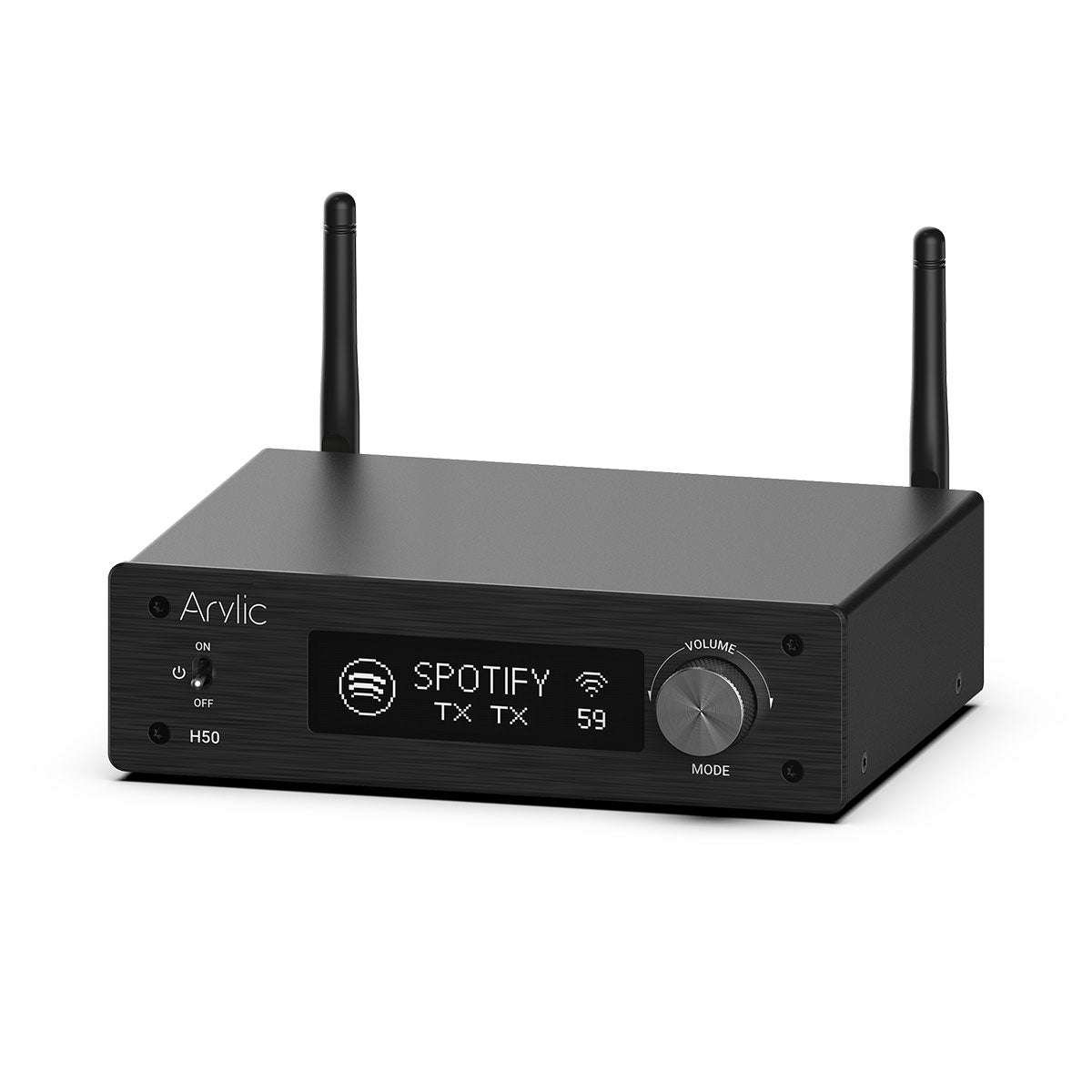
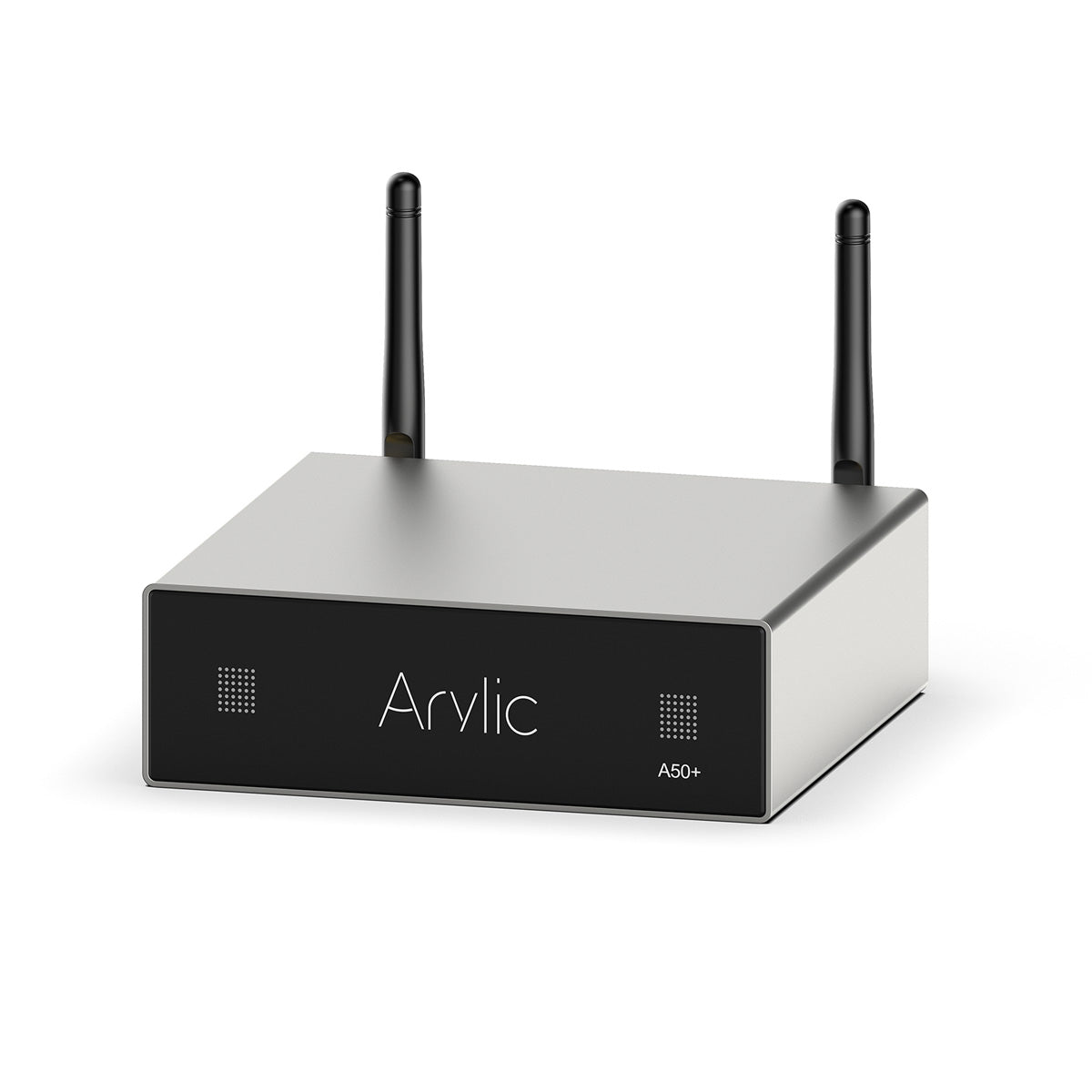
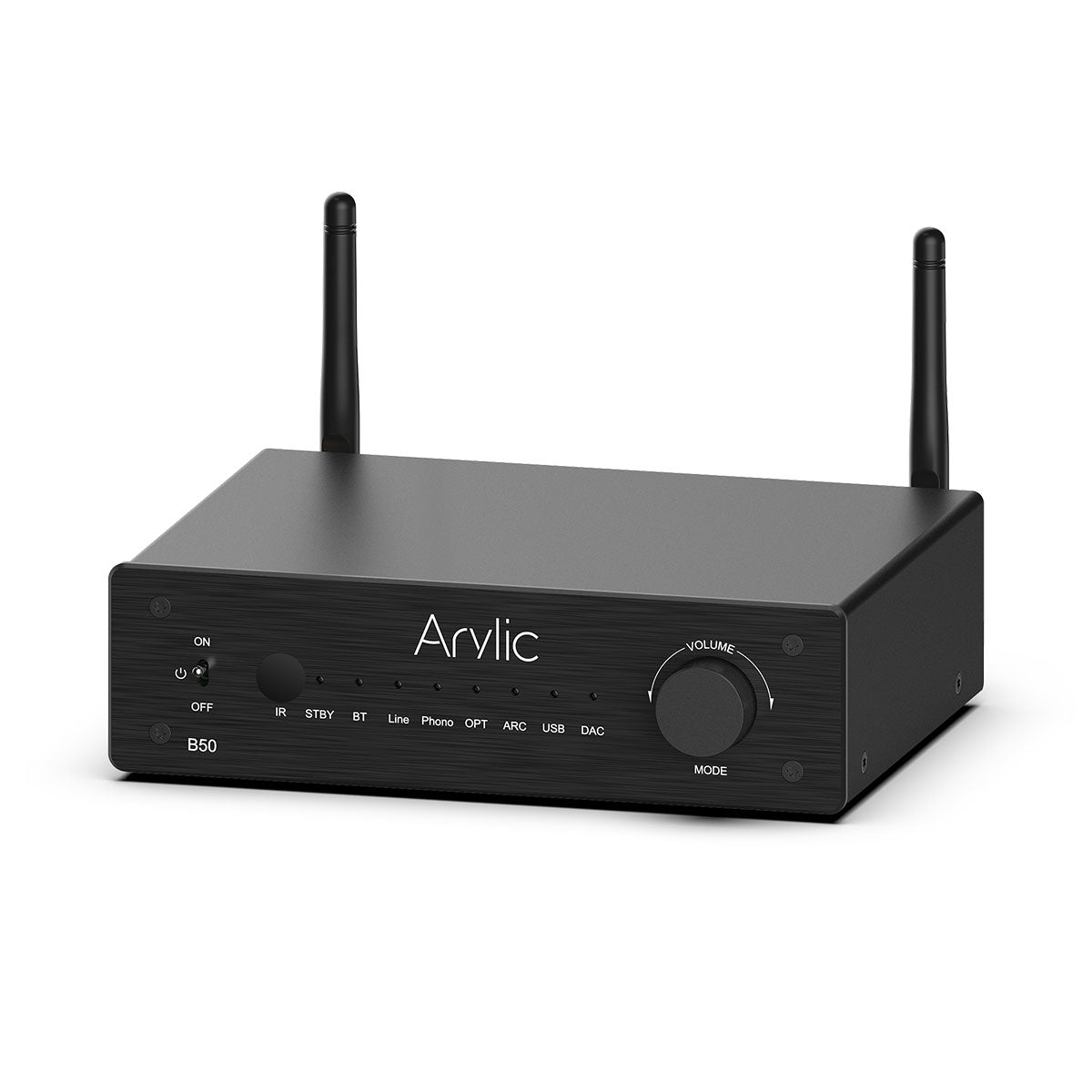
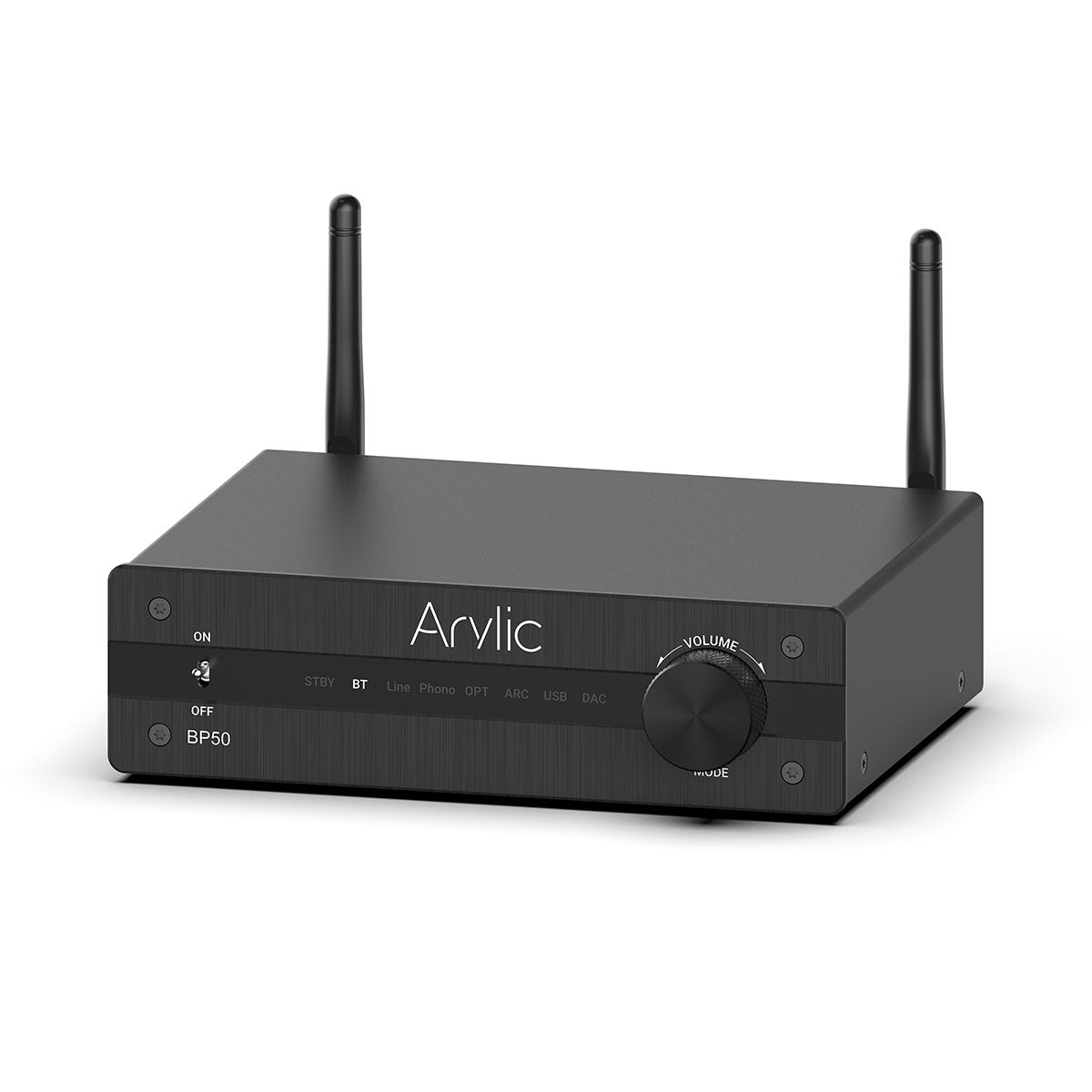
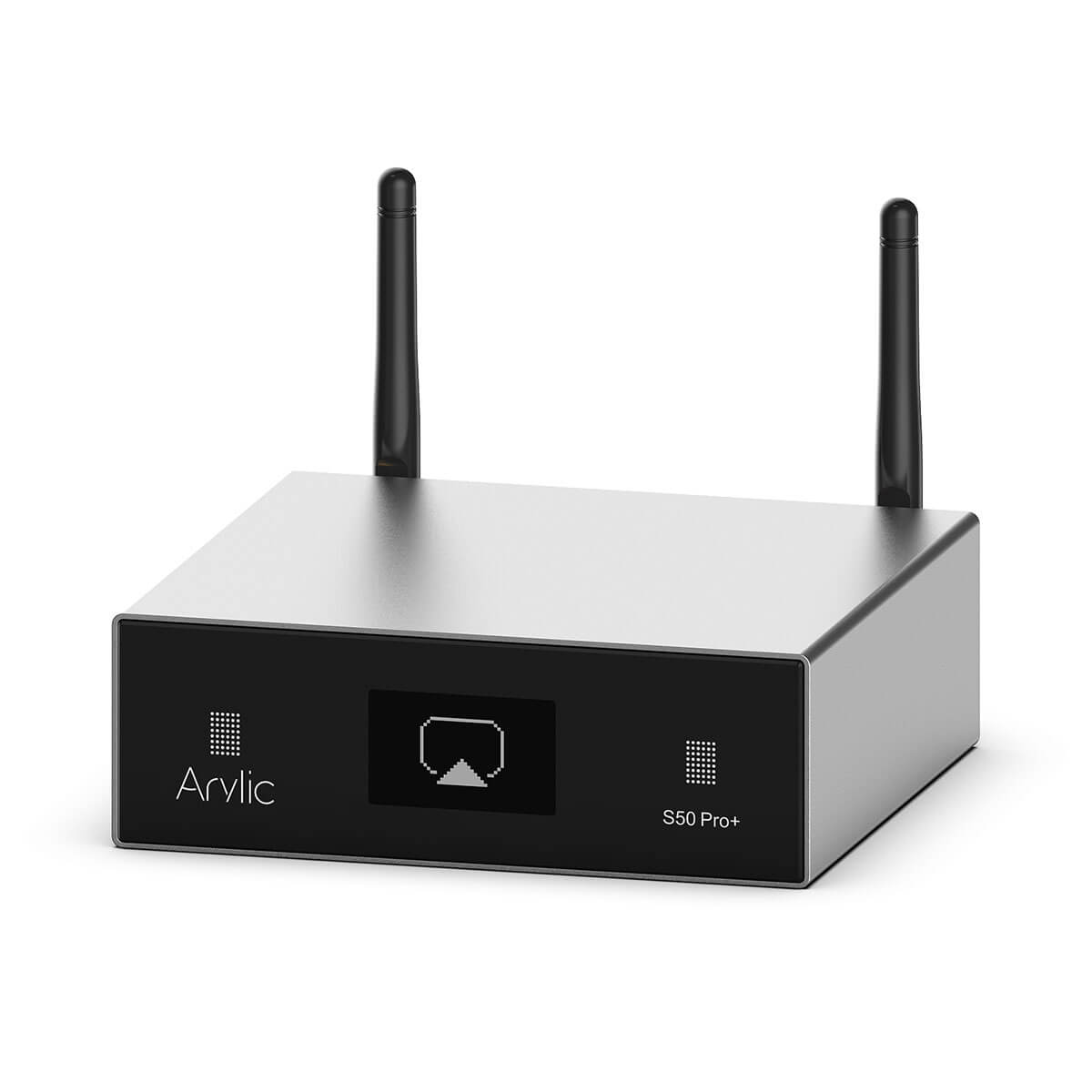
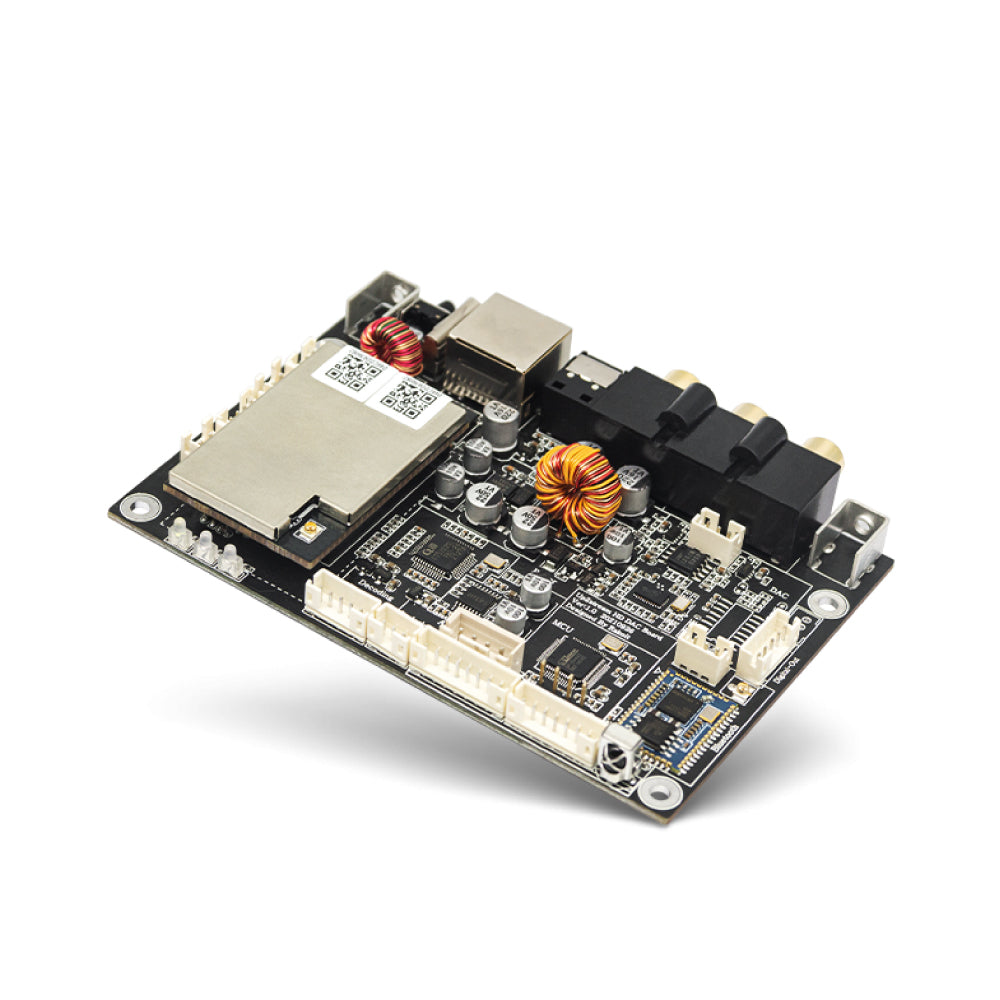
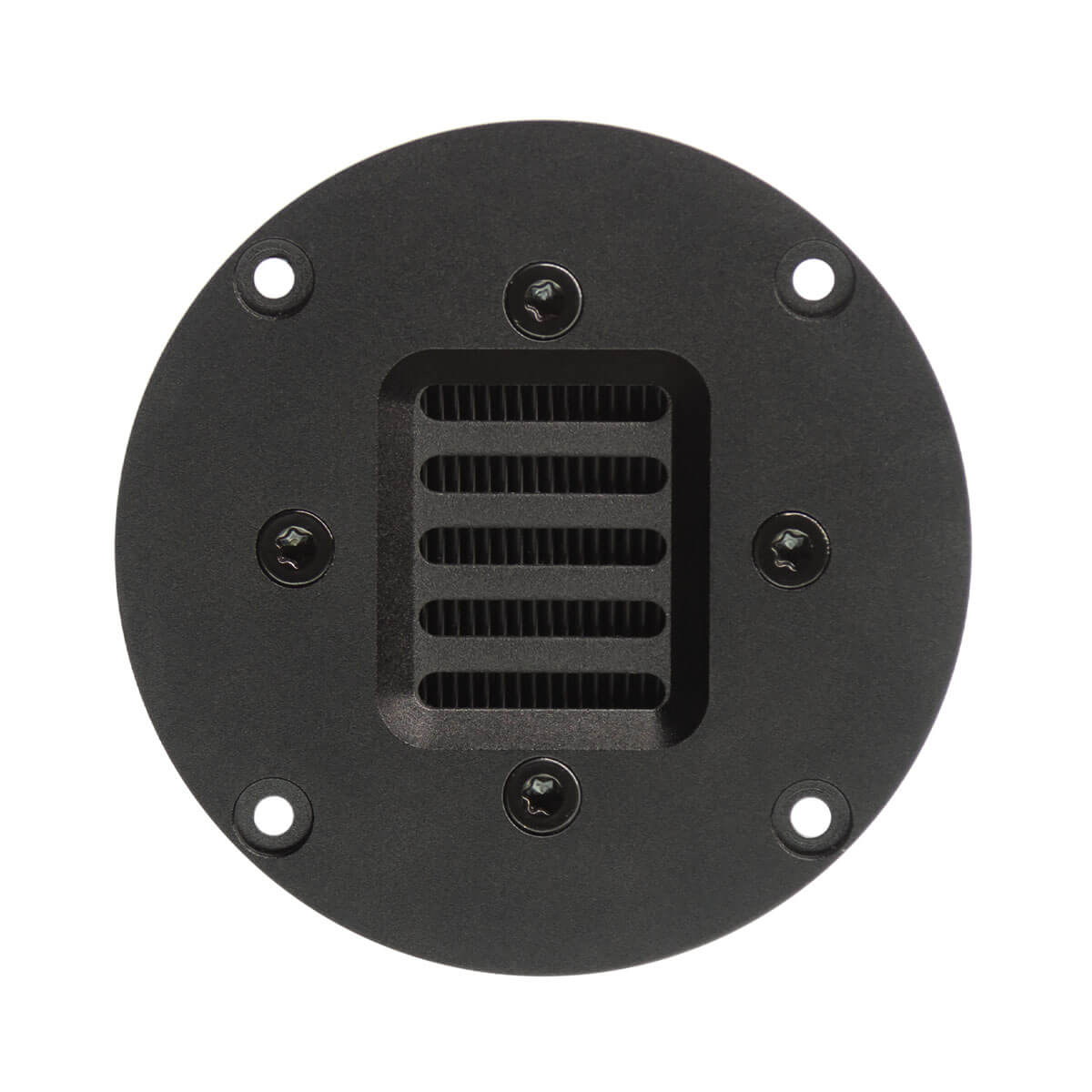
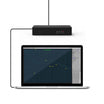
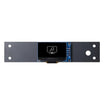
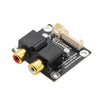
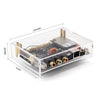
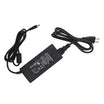
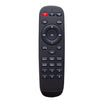

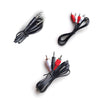
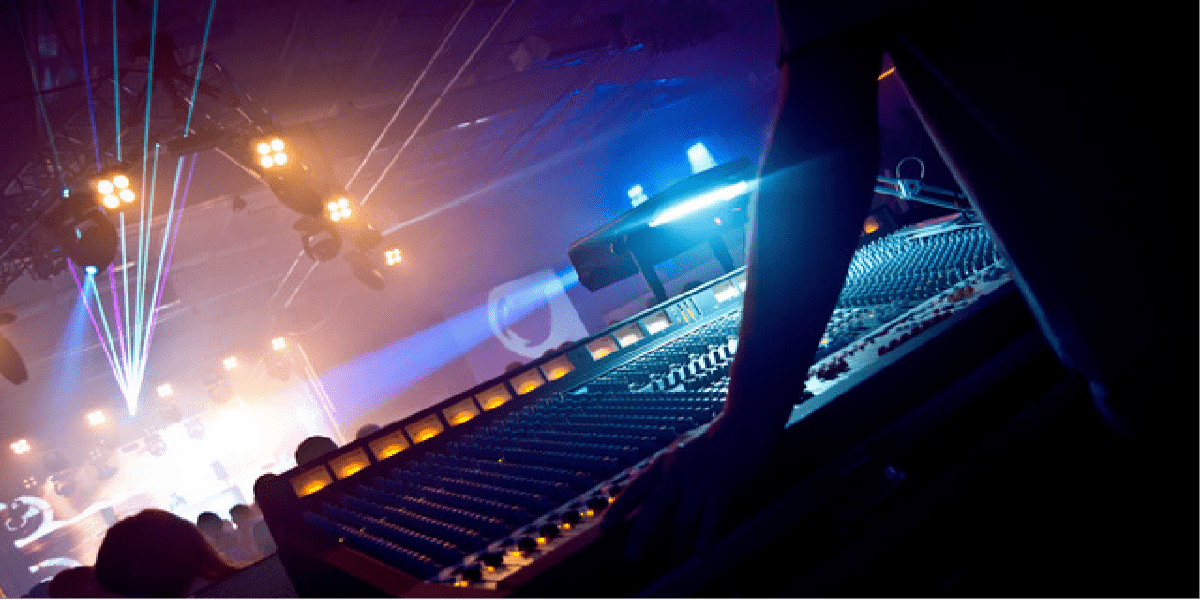
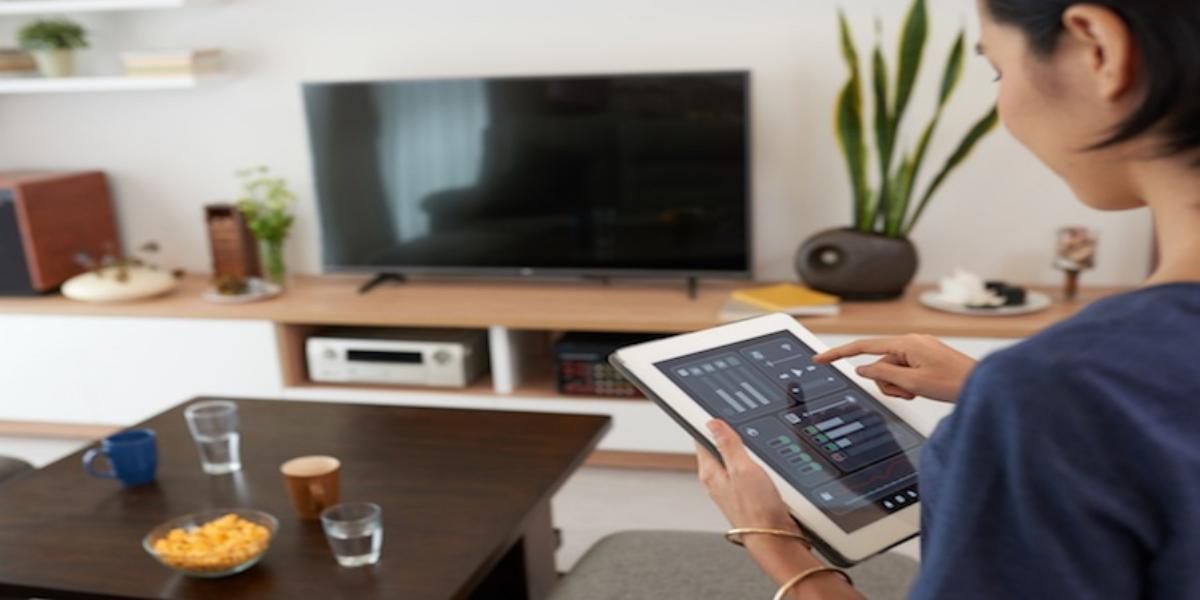

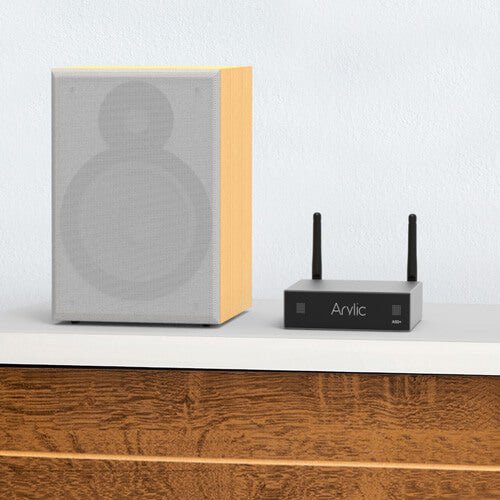
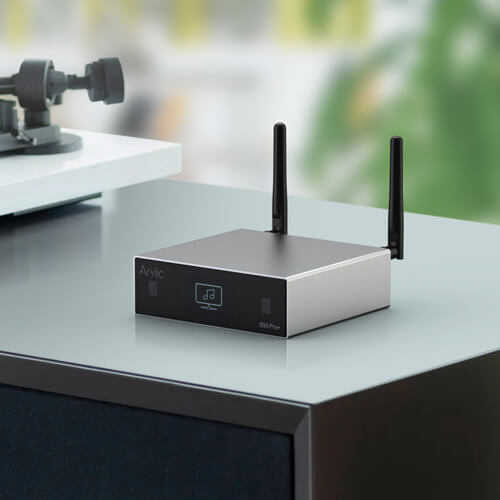
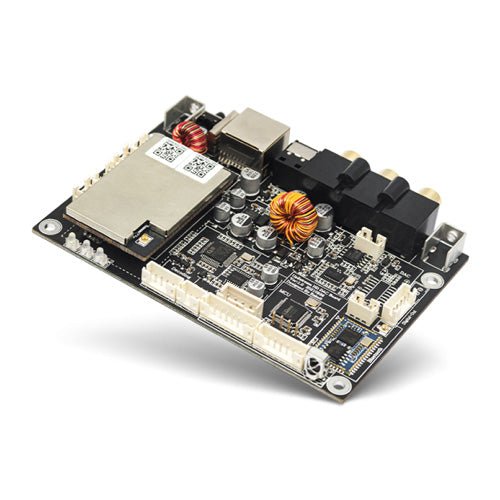
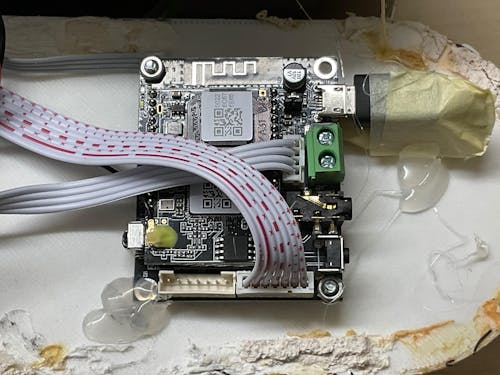



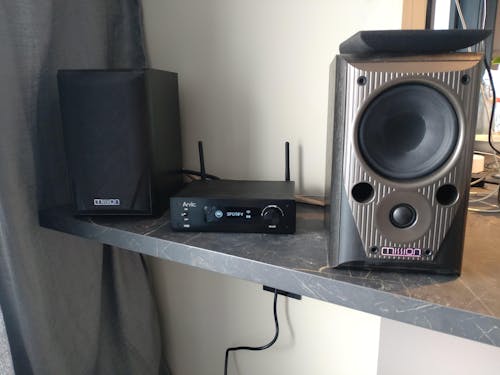

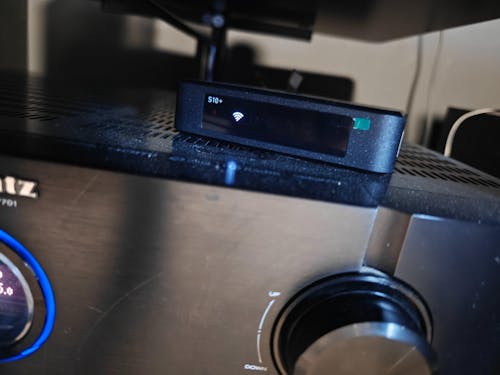








Leave a comment
All comments are moderated before being published.
This site is protected by hCaptcha and the hCaptcha Privacy Policy and Terms of Service apply.